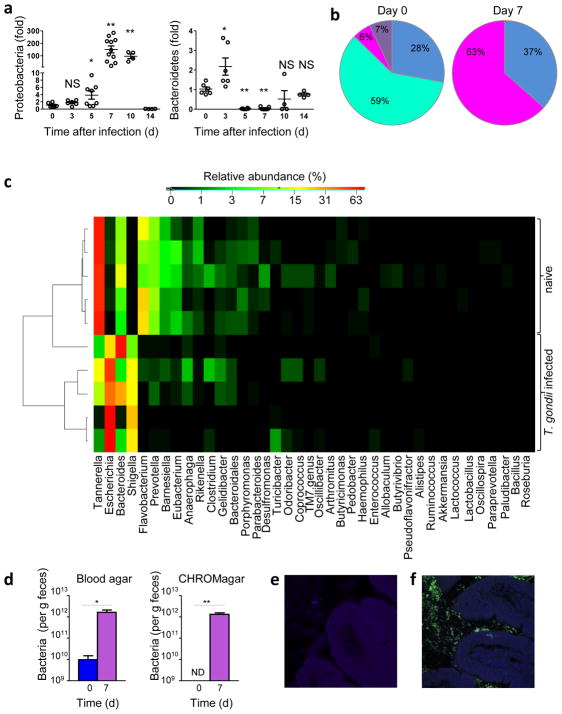Figure 1. T. gondii infection results in intestinal dysbiosis.
(a) qRT-PCR analysis of Proteobacteria and Bacteroidetes loads in the lumens of small intestines of wild-type mice left untreated (d0) or infected orally with 20 cysts of the T. gondii ME49 strain per mouse at the indicated time post-infection. The results are representative of four independent experiments, each involving at least five mice per group. * P< 0.05; ** P< 0.01. (b) Genomic DNA analysis of microbial communities from the lumens of naïve or T. gondii-infected wild-type mice on day 7 post-infection (n= 5–7 mice/group). For each mouse, 192 colonies containing cloned 16rRNA amplicons were processed for sequencing. The relative frequencies of Proteobacteria (magenta), Bacteroidetes (turquoise), Firmicutes (Blue), and other phyla (purple) are shown. Bacteroidetes were not detected in samples prepared from T. gondii-infected mice. (c) Heatmap of the relative abundance of the 40 most dominant genera in the small intestines of naïve or T. gondii-infected wild-type mice as determined by genomic DNA analysis by 454-based DNA pyrosequencing. Samples are sorted based on hierarchical clustering of weighted unifrac distances. (d) Bacterial loads in the lumens of the small intestines of non-infected (d0) or T. gondii-infected mice (d7) analyzed by plating bacteria on blood agar or CHROMagar plates under aerobic conditions. * P< 0.05; ** P< 0.001 (e) In situ hybridization of Proteobacteria (green) in non-infected or (f) T. gondii-infected mice. The results are representative of four independent experiments, each involving at least five mice per group.

